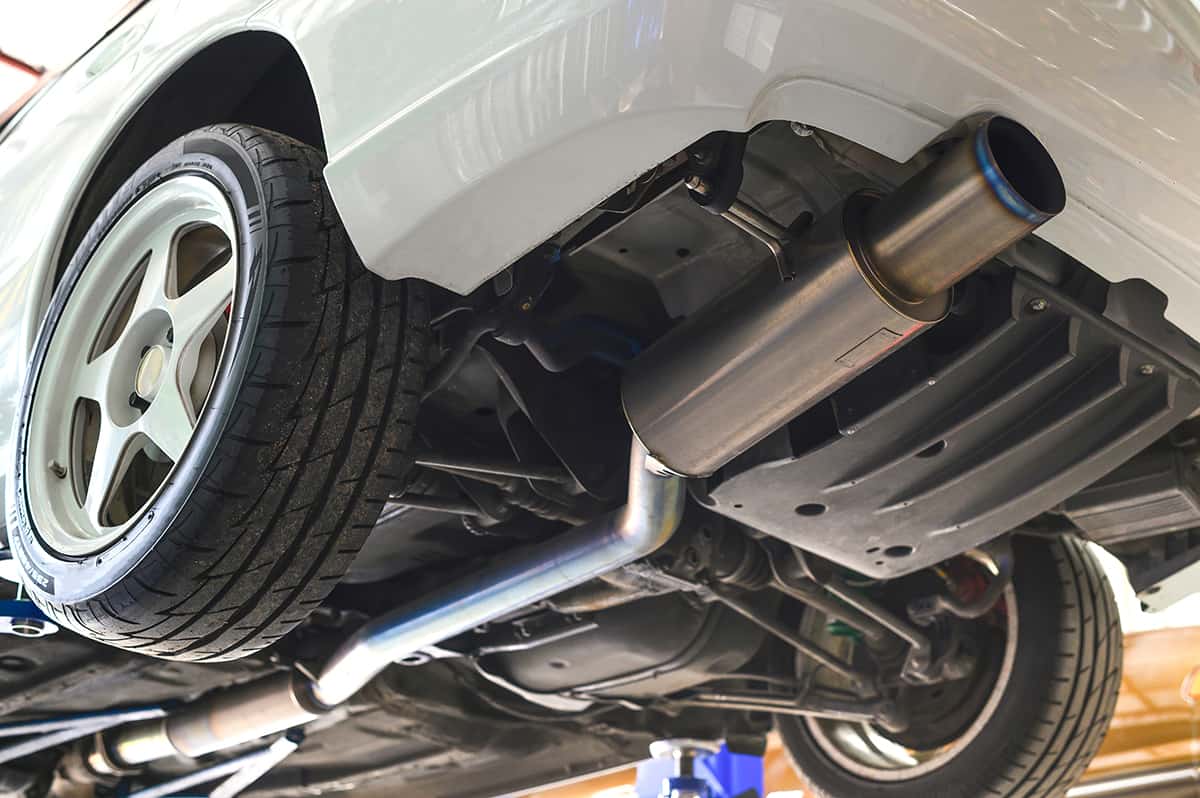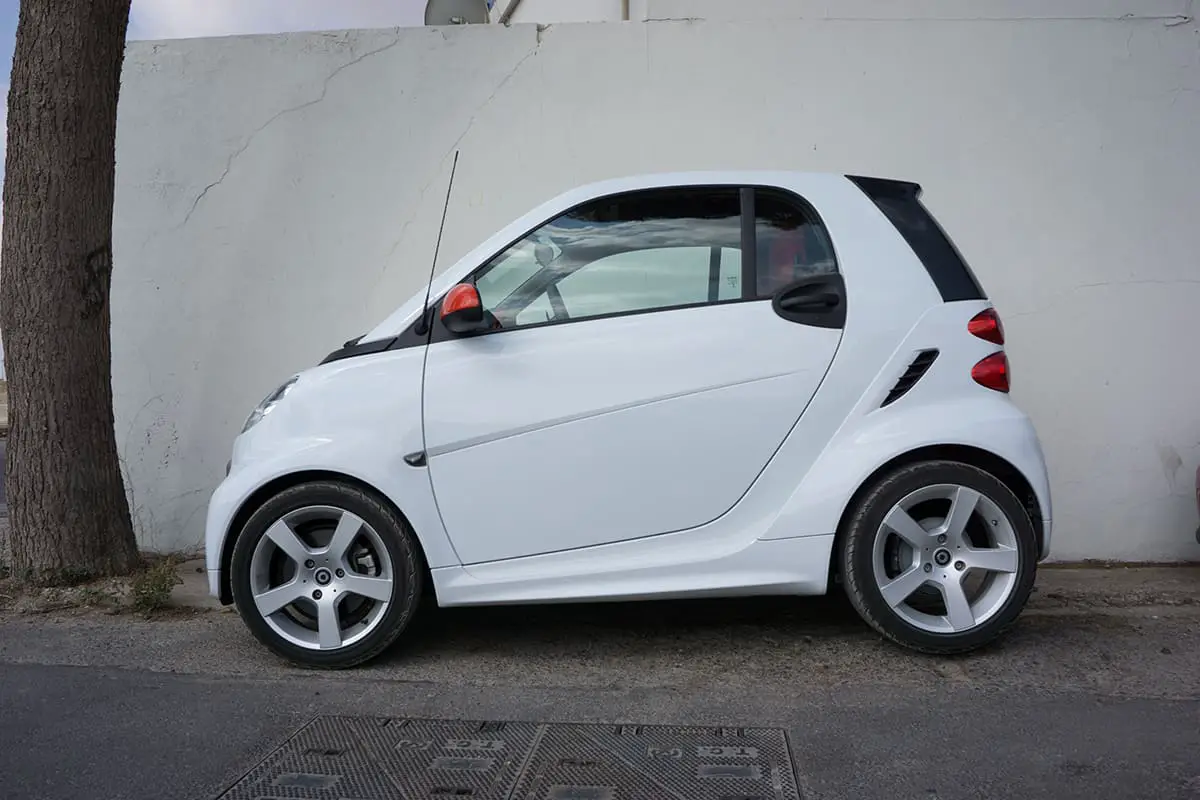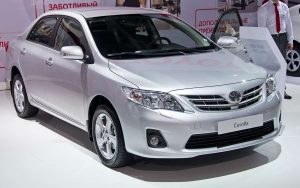Have you seen super-compact cars rolling down the road? The odds are that you’ve seen a smart car. They’ve incredibly small and relatively inexpensive, but how much does one of those things weigh?
On average, a smart car weighs around 1,600 pounds. The exact weight figures of a smart car vary by brand and model.
In this guide, I’ll briefly explain the history of smart cars, how much a smart car weighs, and why weight even matters.
A Brief History of Smart Cars
Smart cars have been around since the 1980s when a Swiss firm called Micro Compact Car AG (MCC) set out to create a compact, fuel-efficient vehicle suitable for use in urban areas. The “City Coupe” prototype was shown off in 1998, and the smart fortwo, the first production model, was released that same year in Europe. The Smart Fortwo’s compact dimensions and agile performance make it a joy to drive on congested city streets.
In Europe, where gas is expensive and parking in cities is scarce, the Smart Car quickly became a best-seller. Mercedes-parent Benz’s company, Daimler AG, acquired a majority stake in MCC and launched Smart Car production at its plant in France in the early 2000s. Despite being introduced to the US market in 2008, sales of the Smart Fortwo were slow due to the car’s limited range and high price relative to larger, more conventional cars.
Smart Cars discontinued their gas-powered vehicles in 2012 in favor of an all-electric line-up. Increasing worries about emissions and the desire to develop more eco-friendly vehicles prompted this change.
What Is a Smart Car?
Technically, a Smart car is a car manufactured by Smart GmbH, a subsidiary of Mercedes-Benz. Today, it’s used to describe super-compact cars or electric vehicles of any type, make and model. As such, the size, driving range, seating capacity, and spaciousness of a smart car varies broadly between models.
How Heavy Is a Smart Car?
The average weight of a smart car is roughly 1,600 pounds. However, the weight of smart cars varies drastically between generations and types.
For instance, the current lineup of smart cars from Mercedes-Benz, which includes the smart EQ fortwo and the smart EQ fortwo cabrio, weighs around 2,500 pounds. Meanwhile, the 2007 smart fortwo weighed a mere 1,610 pounds.
Smart Car Specs
Here, we’re going to take a look at the specs of the latest smart fortwo models from Mercedes-Benz.
| Parameters | smart EQ fortwo | smart EQ fortwo cabrio |
| Acceleration | 11.6 seconds | 11.9 seconds |
| Battery range | 81 miles | 59 miles |
| Length | 106.1 in. | 106.1 in. |
| Width | 65.5 in. | 65.5 in. |
| Height | 61.2 in. | 61.2 in. |
| Curb Weight | 2,392 lbs. | 2,480 lbs. |
| Top Speed | 80.8 mph | 80.8 mph |
| Battery Capacity | 17.6 kWh | 17.6 kWh |
| Seats | 2 | 2 |
| Charging Time | 4 hours 30 minutes | 4 hours 30 minutes |
Why Does a Car’s Weight Matter?

There are multiple ways in which a car’s weight will affect its performance and fuel economy:
- Fuel efficiency—It takes more energy to propel a heavier vehicle, which means it will consume more fuel. Cars with a lower curb weight, like smart cars, have a lower impact on the environment and the wallet.
- Handling—The weight of a car has an effect on how it drives. In some situations, the increased inertia of a heavier vehicle could make it more challenging to maintain good steering control. Smart cars may be more maneuverable and thus better suited to driving in urban areas.
- Safety—The amount of weight a car has can also affect how safe it is in a collision. Heavy vehicles tend to withstand collision damage better, but they can also do more damage to other vehicles. Cars with better weight distribution are easier to control and less likely to roll over in accidents, which benefits the safety of everyone inside.
- Braking— Stopping a car that weighs more takes more energy. Because of the increased force required to stop the vehicle, the brake pads and rotors wear out more quickly, and braking performance may suffer.
- Suspension and tires— Heavy vehicles are harder on their suspension and tires. Inevitably, this can cause these parts to wear out faster, which could require more frequent maintenance or even replacement.
Are Teslas Smart Cars?

Teslas and other high-end luxury EVs fall under the umbrella term for “smart cars” in the sense that they come with highly advanced electronics. One of the most notable features of the Tesla is autopilot, though this feature has gotten Tesla into some trouble recently.
Other features that you’ll typically find in a smart car include GPS navigation, internet connectivity, and advanced driver assistance systems (ADAS). Some of the more advanced features include adaptive cruise control, automatic emergency braking, automatic parking, and smart home device integration.
Are All Smart Cars Electric?
An electric motor is not required for a smart car to function. The term “smart car” is used to describe automobiles with high-tech features and capabilities, such as wireless internet access and the ability to operate certain features via a smartphone app.
Both battery-powered and conventional cars offer these conveniences. However, the term “smart car” is often used to refer to electric vehicles because of the common perception that they are technologically advanced and do not produce pollution.
Are Smart Cars Good for the Planet?
When it comes to helping the environment, smart cars, especially electric ones, can be a great choice because they produce no tailpipe emissions. This has the potential to lower carbon dioxide emissions and enhance the air quality in urban centers. Furthermore, the electricity used to power electric vehicles can be produced using renewable resources such as solar or wind power, further reducing the environmental impact.
On the other hand, the smart car’s effect on the environment is partially determined by the type of electricity used to power it. Charging an electric vehicle produces more greenhouse gases than would be the case if the electricity were generated primarily from renewable resources.
In addition, the environmental effects of the car’s production, including the sourcing and processing of materials, must be taken into account. While this may be trickier to monitor, it should still be considered.






